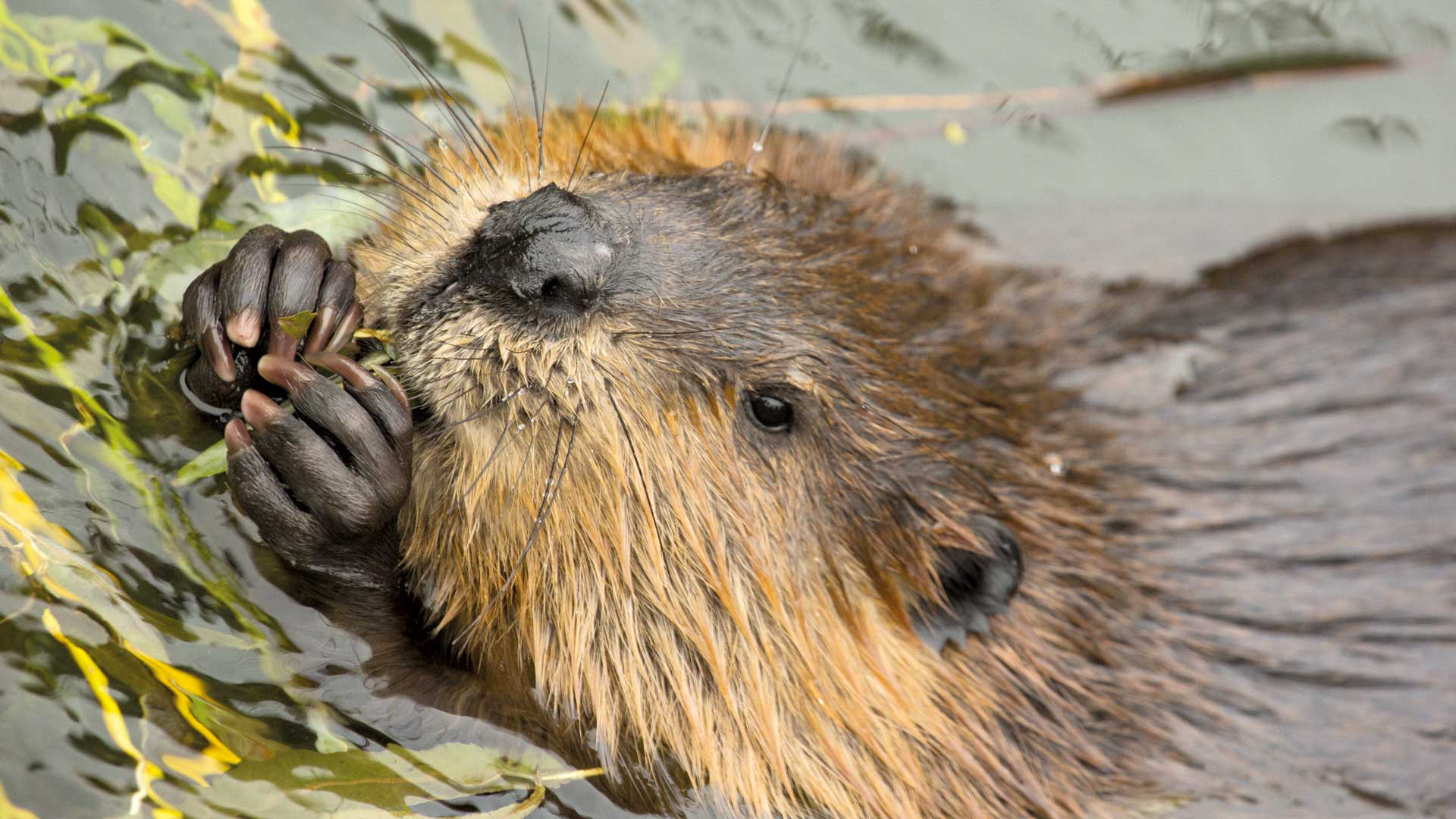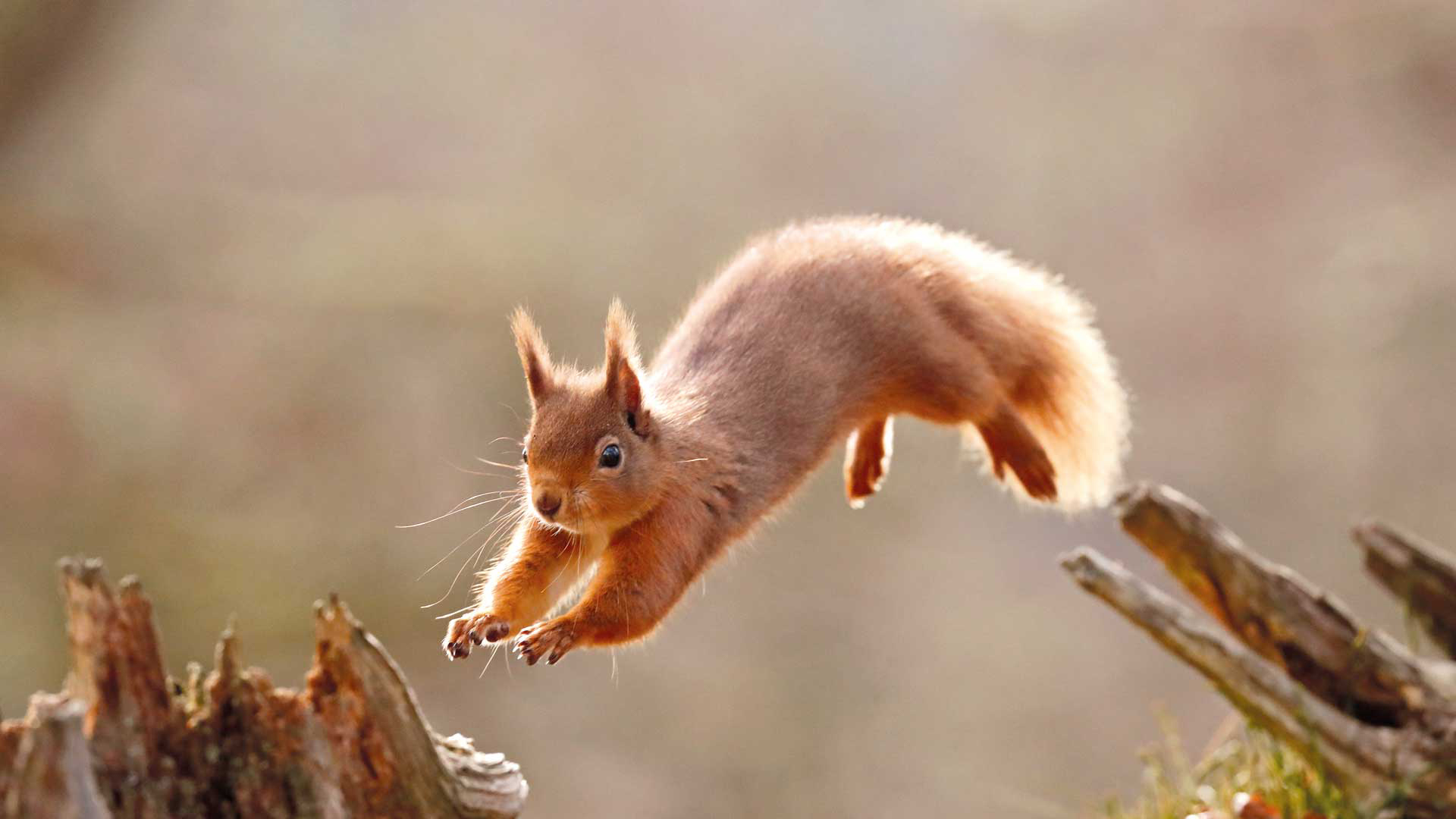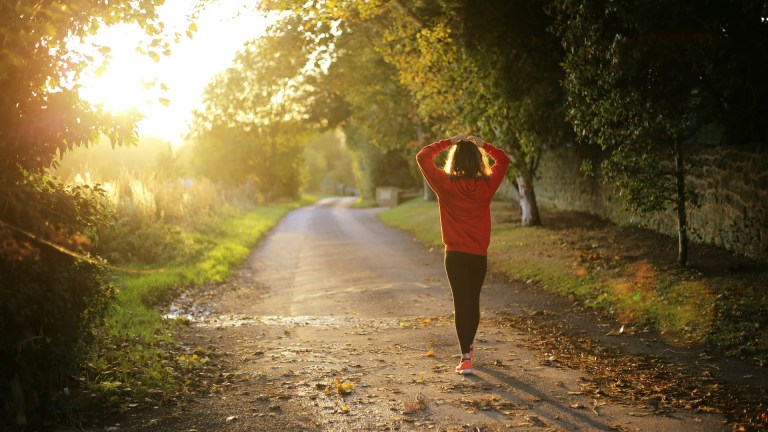Instead of another trip to the zoo, try exploring your local rewilding project over the holidays. Rewilding – the large-scale restoration of nature to the point where it can take care of itself again – has incredible benefits for both wildlife and natural landscapes, but also people too. Rewilding projects create jobs, offer opportunities to improve our health and wellbeing – and provide incredible days out for you and your family to be in with the chance of spotting some of the UK’s rarest wildlife. Who knows what amazing creatures you may catch a glimpse of through the tree or beneath the waves?
Beavers, Purbeck Heaths, Dorset
Rewilders across the land gave a great cheer in February 2025 when, finally, the UK government approved wild beaver releases in England. This followed many years of successful reintroduction projects, from the wilds of Cornwall to the suburbs of London, demonstrating the amazing things beavers can do to help shape the recovery of our river systems and wetlands. Mere days later in March 2025, Purbeck Heaths Nature Reserve became the first site to welcome wild beavers when two pairs were released to Little Sea, Studland, unrestricted by fences or enclosures. Join a guided walk or event, or get comfy at The Triangular Hide at Little Sea for the best chance to catch a glimpse of a busy beaver.
White storks, Knepp Wildland, Sussex
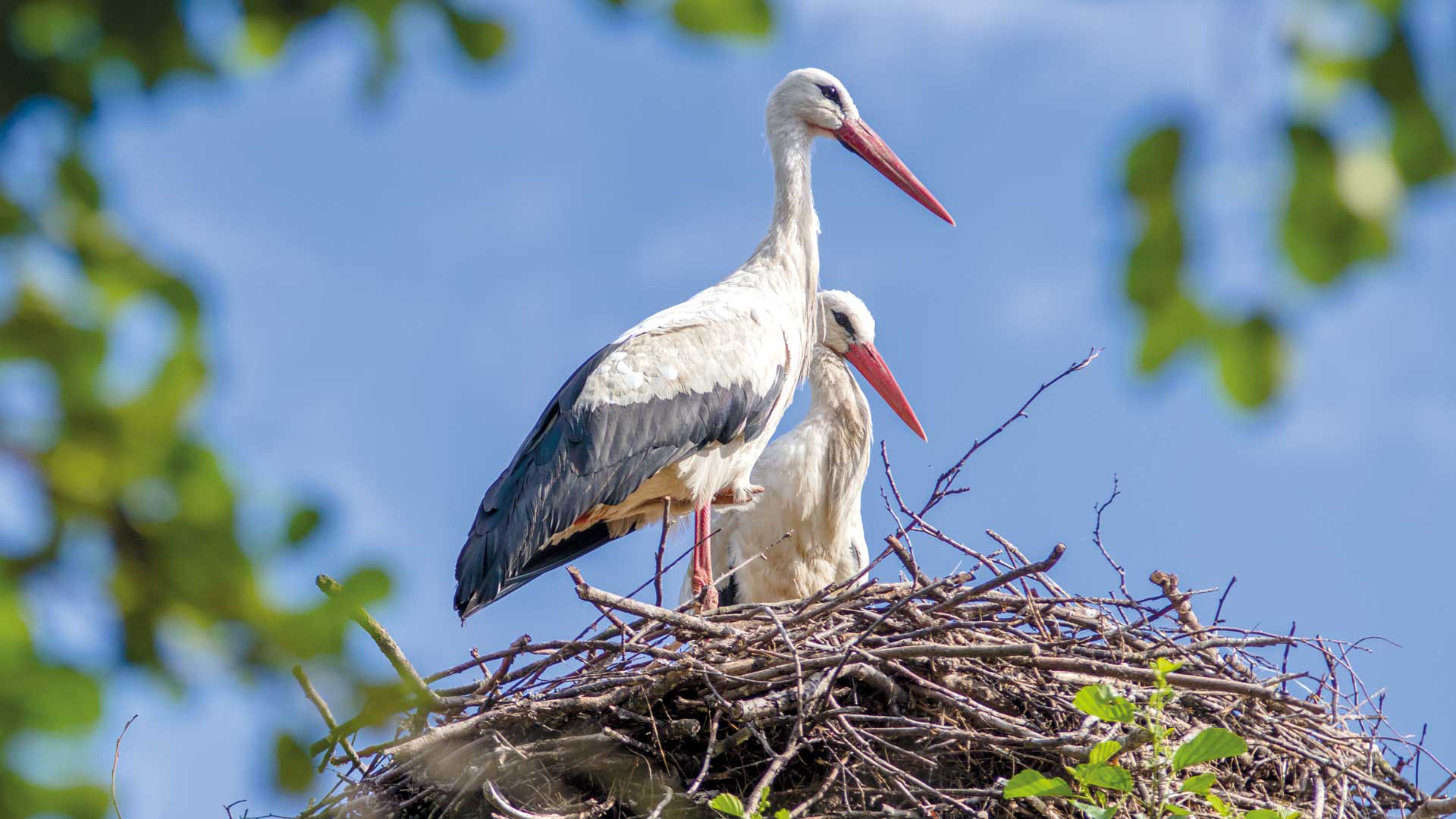
Knepp Wildland has seen extraordinary increases in wildlife since rewilding began. Once intensely farmed, the land has been devoted to a rewilding project since 2001 and extremely rare species such as turtle doves, peregrine falcons and purple emperor butterflies are now breeding here. One charismatic creature you’re likely to spot is a white stork, soaring through the skies or nesting atop trees. Summer is the perfect time to visit to spot chicks perfecting the art of flying in the skies over Knepp, ready for their winter migration.
Bison, Wilder Blean, Kent
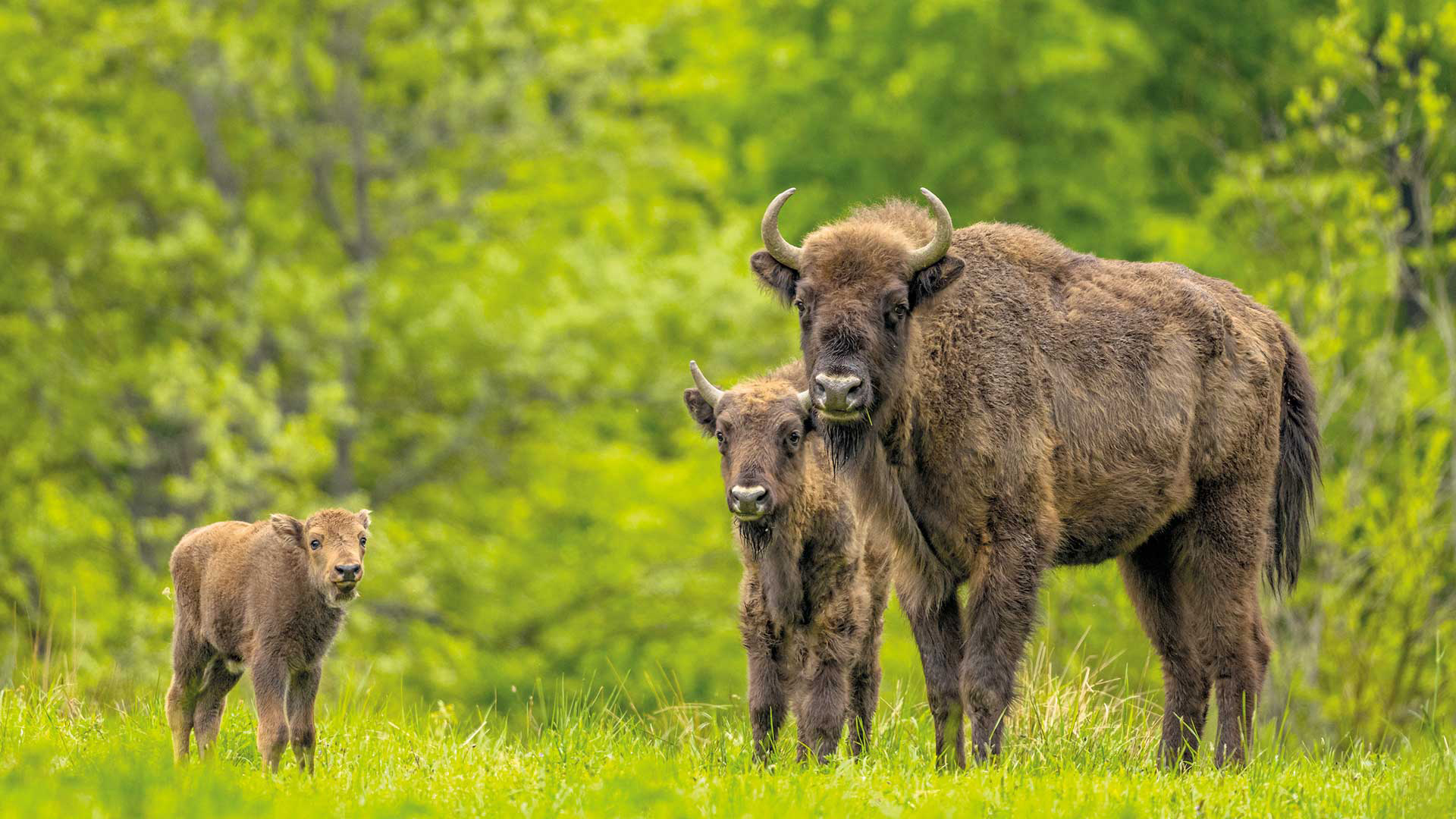
On a hot summer’s day in 2022, three bison were reintroduced into West Blean and Thorden Woods in Kent, marking the beginning of an internationally renowned rewilding project. Lack of woodland management is one of the eight biggest drivers of species decline in the UK, and these bison – now numbering six following the introduction of a bull and the birth of two calves – are showing how they can provide a sustainable solution to woodland management in southeast England. Join a Wilder Kent Safari for the best chance of spotting these gentle giants.
Read more:
- These 11 pioneering rewilding projects are helping bring nature back in Britain
- The growth of rewilding in Britain offers hope for a wilder future in 2025
- Rewilding pioneer Derek Gow: ‘We’ve left very little room for nature to exist at all’
Black grouse, Dundreggan Rewilding Project, Scotland
Located just eight miles from Loch Ness, the Dundreggan estate has been devoted to rewilding since 2008, with charity Trees for Life spearheading efforts to repair centuries of damage to woodlands caused by sheep, goats and deer grazing. By allowing the forest to regenerate naturally, Trees for Life have expanded important fragments of Scotland’s Caledonian Forest, providing a habitat for over 4,000 species of plants and animals, including golden eagles and black grouse, a large black bird with a distinctive fan-shaped tail and red wattle above the eye. Dundreggan is also home to the world’s first rewilding centre, where you can explore ancient pinewood, experience rewilding in action, discover centuries of Gaelic culture and immerse yourself in nature with fun activities for the whole family.
